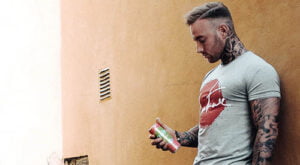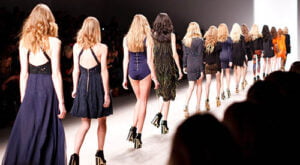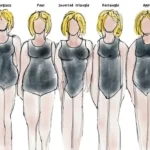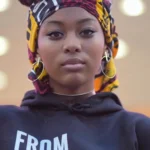Fashion photography: The art of capturing the perfect shot
Fashion Photography: Mastering the Art of Capturing the Perfect Shot.
Fashion photography is a discipline that merges the worlds of fashion and photography into a visually stunning and artistic display. It is the art of capturing the essence of fashion and style in still images that showcase beauty, elegance, and sophistication. From high-fashion editorials to runway shows and advertising campaigns, fashion photography plays an integral role in the fashion industry. Its power to communicate a message, capture a moment, and evoke emotions is unmatched.
To achieve a perfect shot, fashion photographers need to have a combination of technical skill, creativity, and an understanding of fashion and style. They must have a keen eye for detail, color, and composition to create visually stunning and impactful images. They must also be able to work with models, designers, stylists, and makeup artists to bring their vision to life. In this article, we will explore the art of fashion photography and discuss the essential elements that make up a perfect shot.
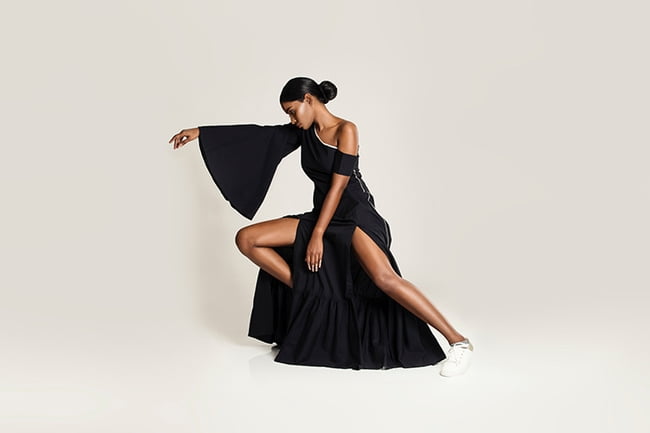
Lighting: The Key to a Perfect Shot
One of the most crucial elements of fashion photography is lighting. It is essential to creating the desired mood and atmosphere, highlighting the clothing and accessories, and bringing the model’s features to life. Lighting in fashion photography can be natural or artificial, and the photographer must know how to manipulate it to achieve the desired effect.
Natural light is abundant and versatile, but its quality and quantity can vary depending on time of day and weather conditions. Fashion photographers often use natural light during golden hours, which is the first and last hour of sunlight when the light is soft and warm. They may also use diffusers, reflectors, or scrims to control the light’s intensity and direction, creating soft shadows and enhancing the model’s features.
Artificial light is another popular option in fashion photography. It allows photographers to have full control over the lighting, creating the desired effect and mood. The most common types of artificial light used in fashion photography are strobe lights and continuous lights. Strobe lights are bright flashes of light that are triggered by a camera or a remote trigger. They provide a quick burst of light, freezing the model’s movement and allowing for precise control of the light. Continuous lights are always on, and they can be adjusted in intensity and temperature. They are useful for creating a constant light source and can be used to create a specific mood or atmosphere.
Props and Settings: Creating a Visually Compelling Image
The use of props and settings is another essential element of fashion photography. It helps create a visually compelling image that complements the clothing and the model. The props and settings can be as simple or complex as the photographer desires, depending on the desired outcome. The props and settings must convey the message or theme of the shoot and help the model and the clothing stand out.
The props can be anything from flowers to books, jewelry, or even furniture. They must be chosen carefully to complement the clothing and the model. The settings can be anything from an urban cityscape to a natural landscape, a studio, or even a bedroom. The settings must create the desired mood and atmosphere and help bring the model and the clothing to life.
Fashion Trends and Styles: Staying Up-to-date
Fashion photography requires an understanding of fashion trends and styles. The photographer must stay up-to-date with the latest fashion trends, styles, and designers. This helps them create images that are relevant and appealing to their audience. The photographer must also be able to create a unique style that sets them apart from other photographers and helps them stand out in a highly competitive industry.
Fashion photography is a reflection of the current cultural and social trends. The photographer must be aware of these trends and use them to create images that resonate with their audience. They must also be able to anticipate future trends and incorporate them into their work to stay relevant and innovative.
In addition to technical skill and creativity, fashion photography requires excellent communication and interpersonal skills. The photographer must be able to work with models, designers, stylists, and makeup artists to create a cohesive and collaborative team. They must be able to give direction, provide feedback, and work together to create a visually stunning and impactful image.
In conclusion, fashion photography is an art that requires technical skill, creativity, and an understanding of fashion and style. It is the art of capturing the essence of fashion in still images, and its power to communicate a message is undeniable. From lighting and props to trends and styles, the photographer must carefully consider every element to create the perfect shot. Fashion photography is an essential part of the fashion industry, and its impact on fashion and culture is undeniable.
Image Source : Pixpa
